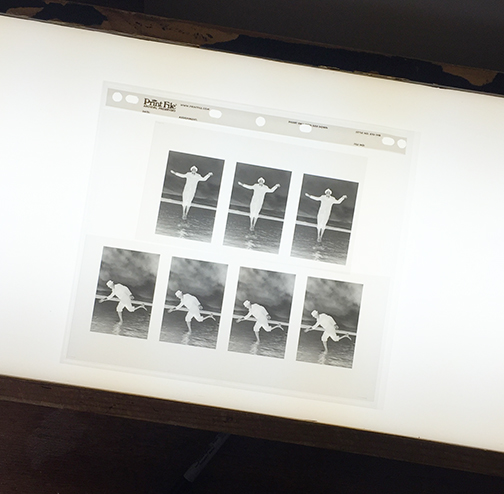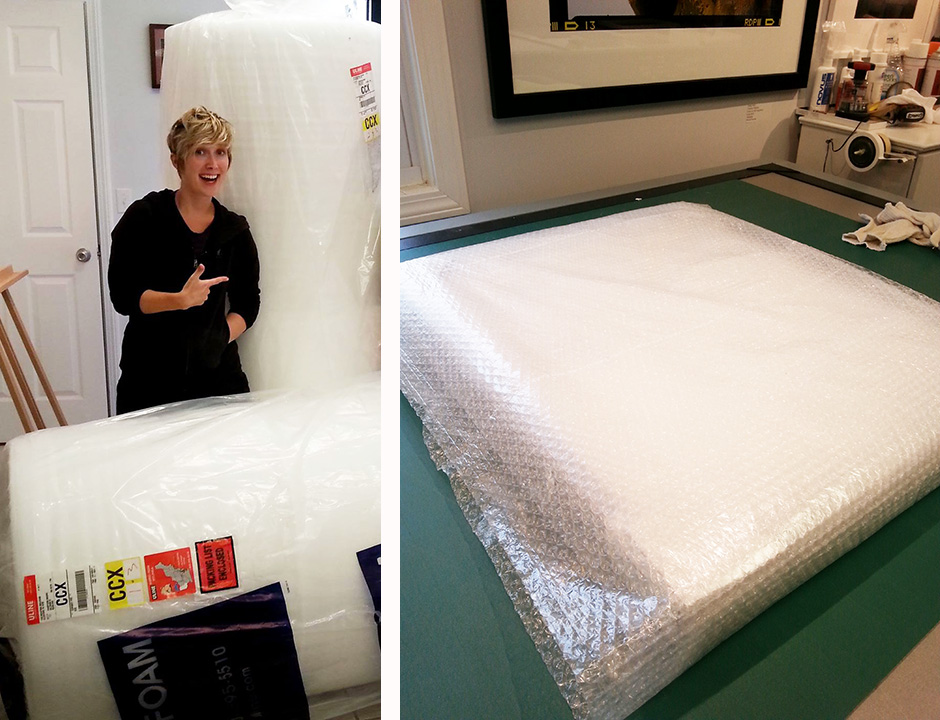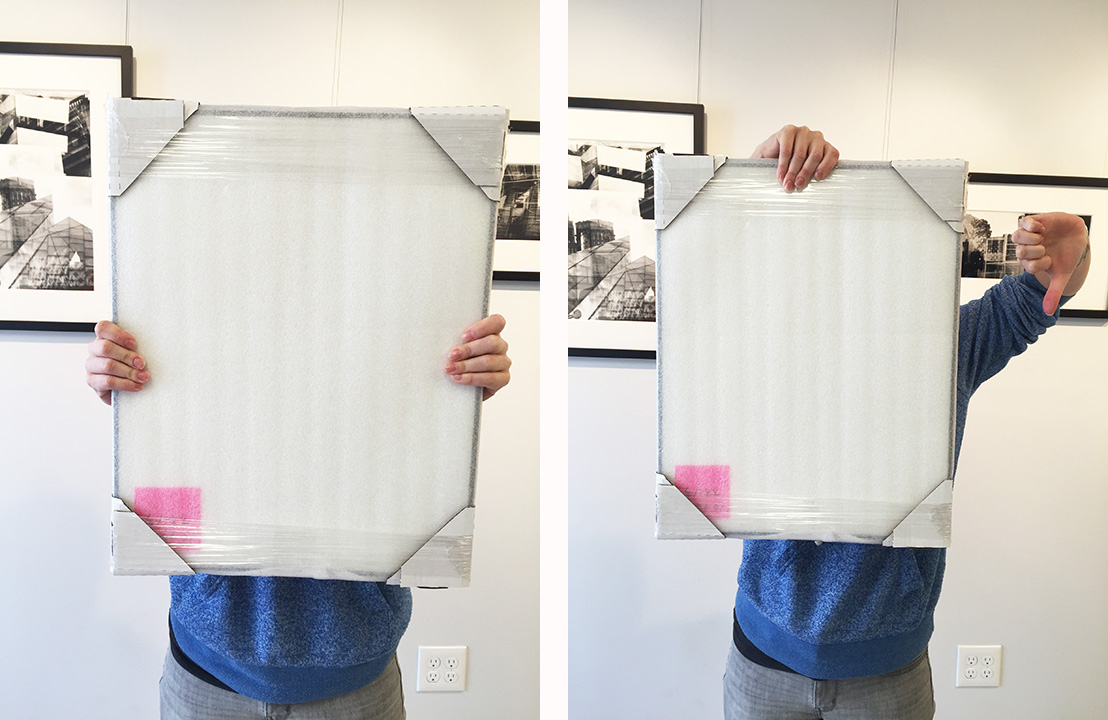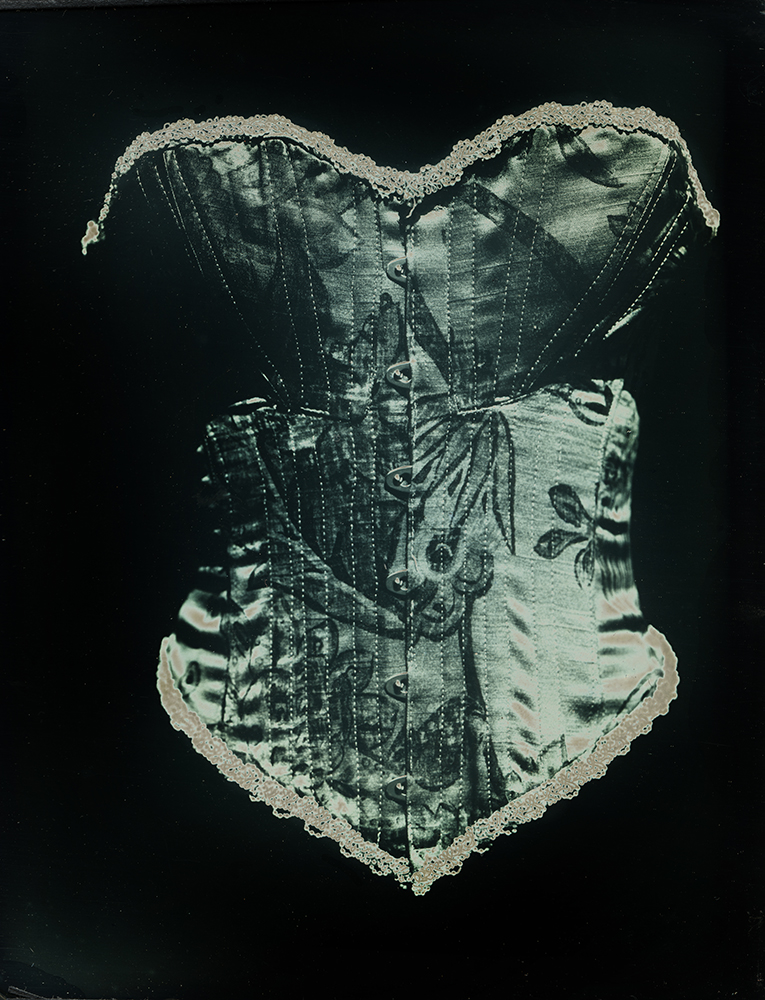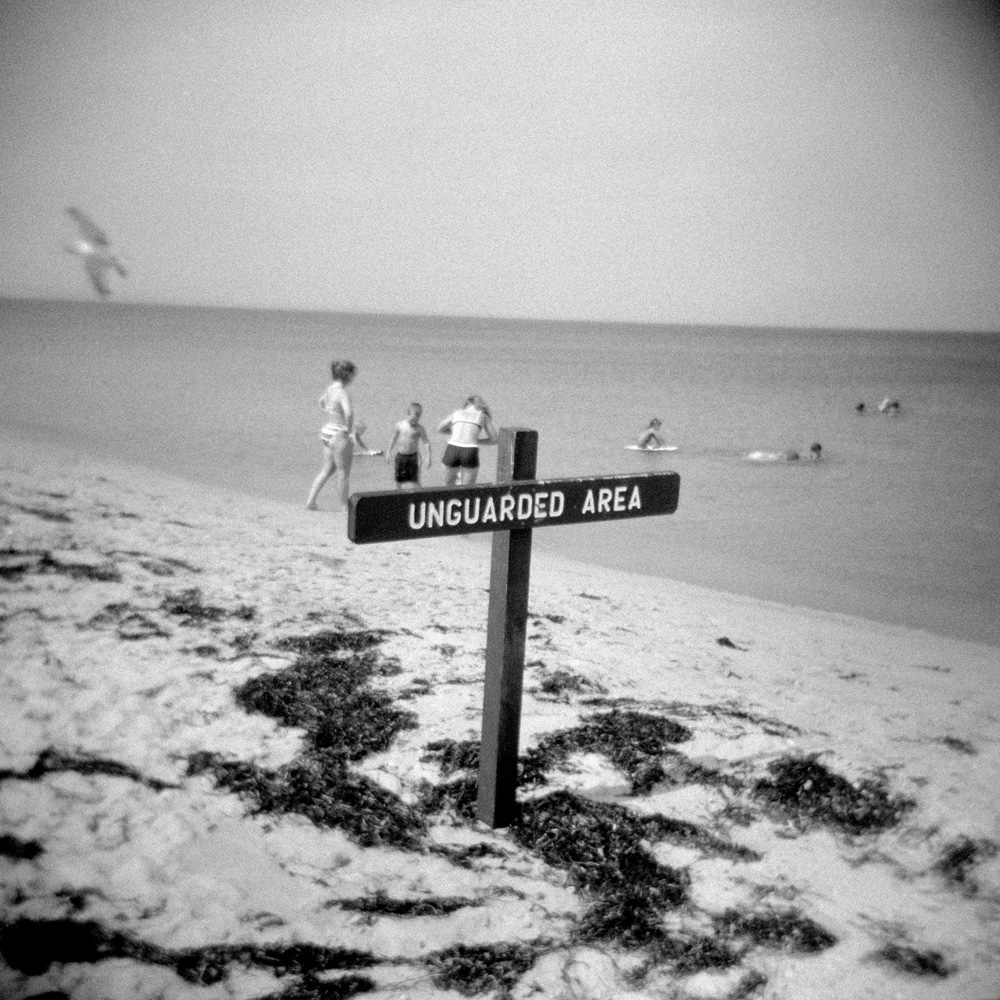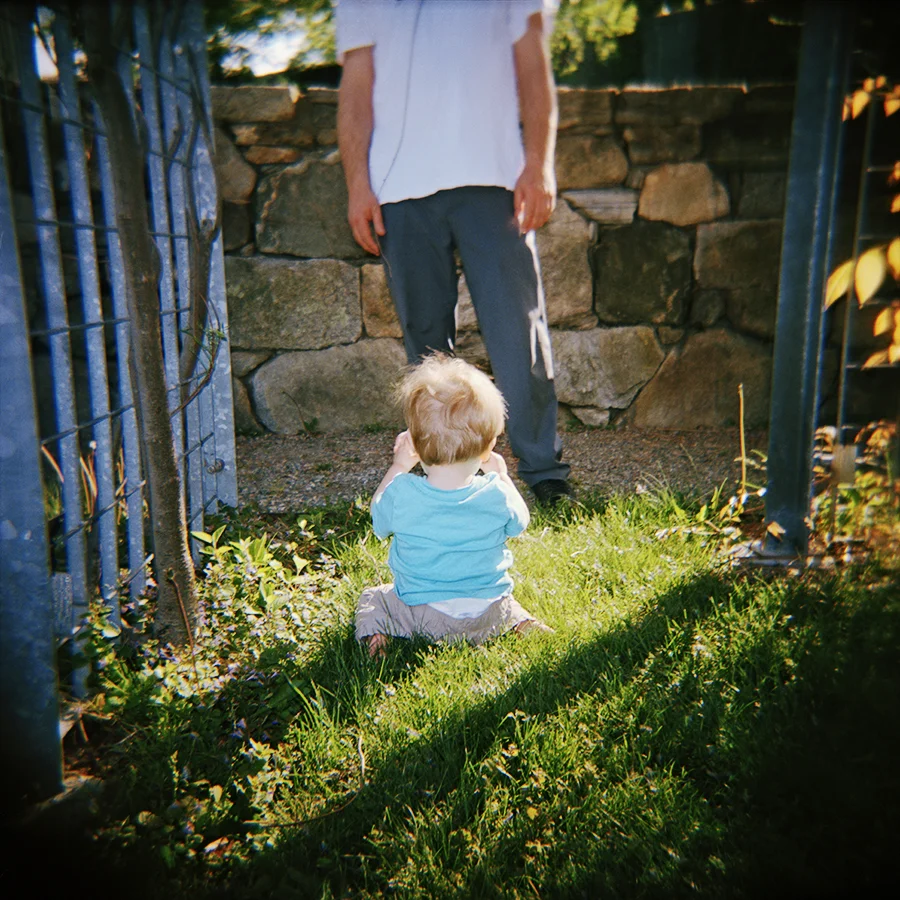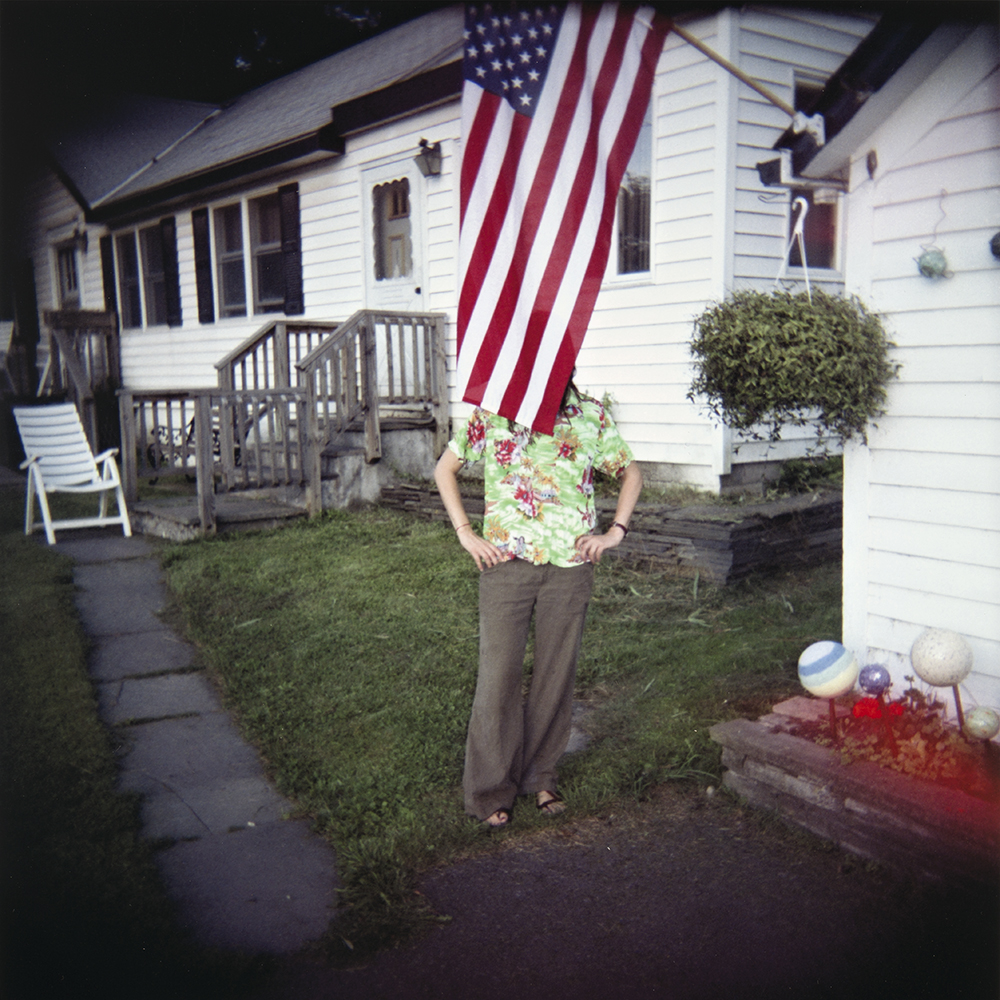We've all wondered about applying to shows and calls for work at one point. I'm here to give you some tips and tricks when you see a call for entry.
First, you have to find a call that looks right for you and your work. Instagram and Facebook are great places to find calls and shows. If you are an college student, I know you're short on cash so don't apply to everything you come across. Your work is still growing and changing so look for calls specifically for undergraduate or graduate students. Start following local museums, galleries, and publications on social media so you see the calls when they first come out. You can also see what these institutions are up to when there aren't calls for work. There are also websites that act as great resources to find calls not just locally, but nationally or even internationally. Lenscratch.com has a call for entry page that lists calls, important dates, and information about each call for entry. Another website is CaFÉ (callforentry.org) which contains a massive database of active calls including residencies, grants, public art pieces, and shows covering all mediums of art. These are just a couple of the many places online you can find lists of shows that are looking for entries.
Once you find a show that looks right for you, make sure to CAREFULLY read all of the submission guidelines. The show might have a specific eligibility or might require certain file types. You might have to title your files or submit through a third party. Most calls also require a fee for entry. The bigger the show, the higher the fee. If you are just starting out, there are plenty of $15-$25 calls that you can find so that you do not spend too much in the beginning. Following the guidelines are the first and one of the most important things when applying to shows. You don't want to be disqualified from the show without your work being considered.
Once you have your show and have read all of the guidelines it is time to pick the work that you would like to submit. Select your work that goes best with the theme of the show, and not just work that you like. Some shows are completely open or call for completed portfolios. With these calls, compile the pieces that best represent the entire portfolio if you cannot submit the whole body of work. Double check that your files are the correct size and resolution for the submission If it is a print submission, make your prints with enough time to ship or bring your work to the location. DO NOT wait until the last day to send your work in! There is nothing explicitly wrong with it, but you want the juror to know that you are seriously interested and care about the show.
If you are looking for a great portfolio show to submit to, check out Panopticon Gallery's First Look 2017. The submission deadline is November 8th, 2017.
Good luck and submit to everything! The more work you send out to the world, the more likely you'll get something.














































